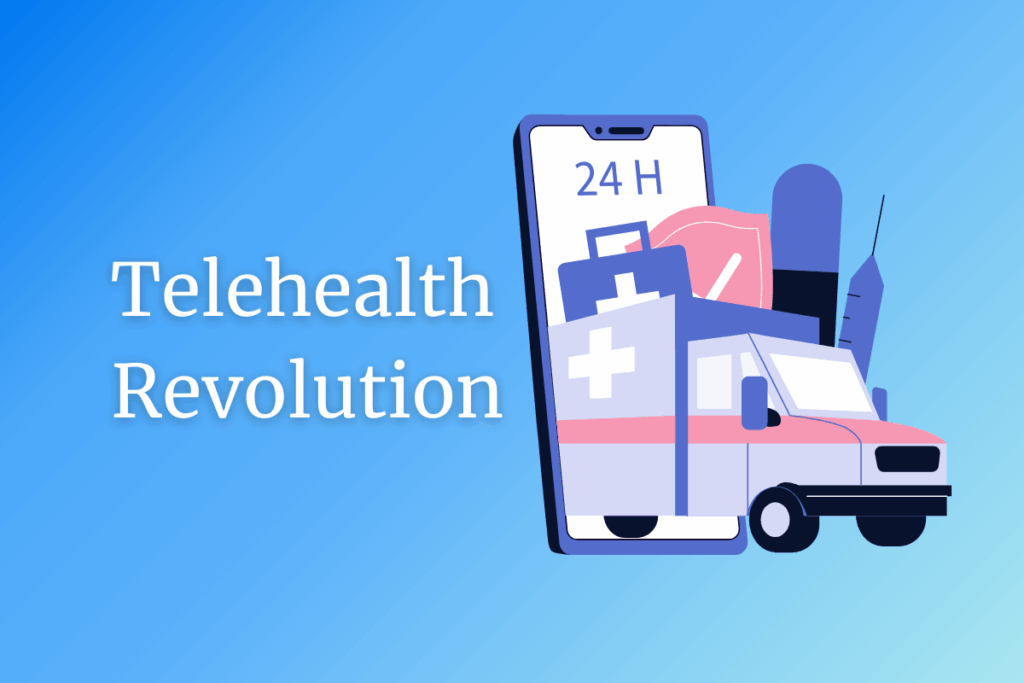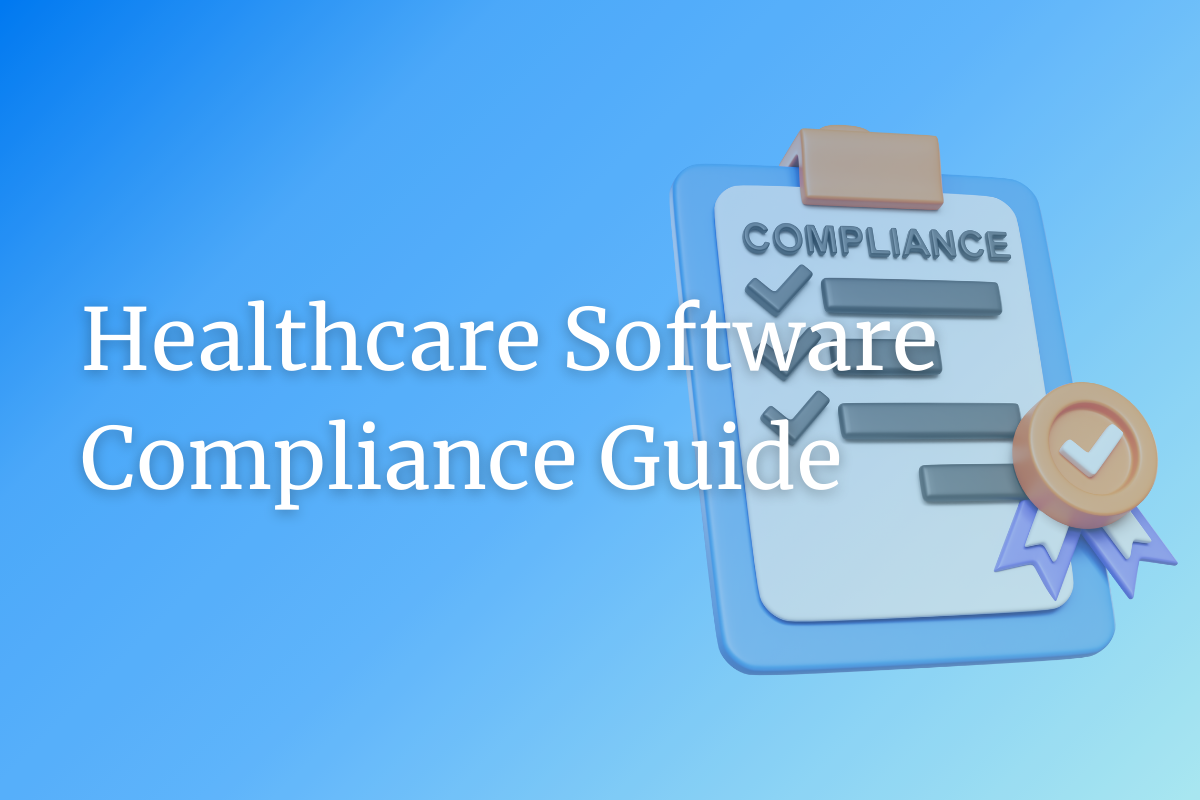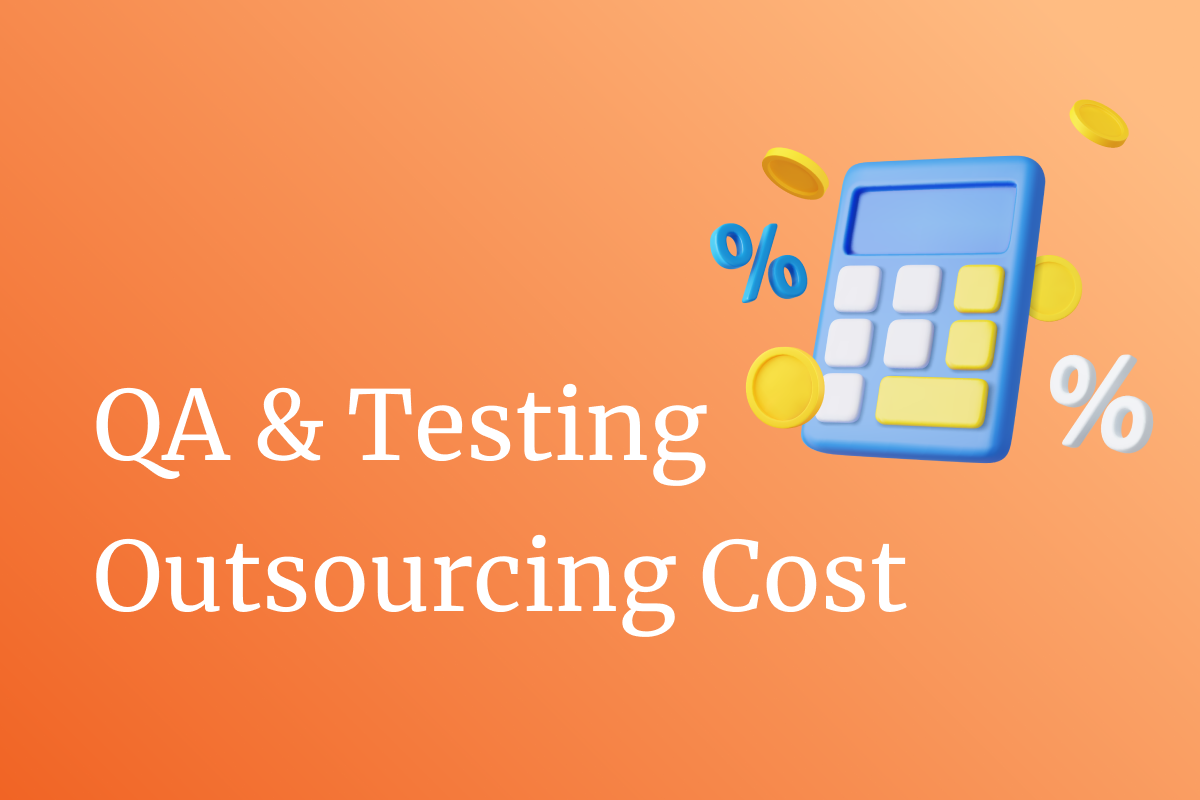The virtual clinic is no longer a futuristic concept; it’s already here to stay.
Once a niche service, telehealth has exploded into a cornerstone of modern healthcare. The global pandemic acted as a powerful catalyst, forcing a rapid adoption that has permanently altered patient expectations and provider capabilities. But telehealth is more than just a video call with your GP. It’s a comprehensive ecosystem of digital tools, from remote monitoring to AI-driven diagnostics, that promises a more accessible, efficient, and personalised future for medicine.
As we move forward, the question is no longer if telehealth will be part of healthcare, but how it will evolve and integrate. Let’s examine the global trends and then zoom in on the unique opportunities and challenges within the Australian market.
Understanding Telehealth: Beyond the Screen
Telehealth represents the convergence of healthcare delivery and digital technology, enabling medical services to transcend geographical boundaries and time constraints. This encompasses everything from virtual consultations and remote patient monitoring to digital therapeutics and AI-powered diagnostic tools. The growing confidence in artificial intelligence is significant; research on “AI In Healthcare: The Future Of Patient Care And Health Management” found that 90% believe AI can help doctors make better decisions. What began as a necessity during global lockdowns has evolved into a sophisticated ecosystem of digital health solutions that complement and enhance traditional healthcare delivery.
Defining the Digital Health Ecosystem
Telehealth is the broadest umbrella term, encompassing all remote healthcare services delivered through telecommunications technology. This includes clinical care, health education, public health administration, and health information services. Telehealth extends beyond direct patient care to include provider training, administrative meetings, and health promotion activities conducted via digital platforms.
Telemedicine represents a specific subset of telehealth focused exclusively on remote clinical services; the actual practice of medicine at a distance. This involves direct patient-provider interactions such as virtual consultations, remote diagnosis, treatment planning, prescription management, and clinical monitoring. If a healthcare provider is delivering medical care to a patient through technology, that’s telemedicine.
eHealth (electronic health) serves as the overarching digital infrastructure that enables both telehealth and telemedicine. This encompasses electronic health records (EHRs), health information systems, mobile health applications, wearable devices, health websites, online pharmacies, and any digitization of healthcare processes. eHealth provides the technological foundation upon which telehealth services operate.
Practical Distinctions in Healthcare Delivery
To illustrate these differences, consider this scenario: when your doctor conducts a video consultation to diagnose your symptoms and prescribe medication, that’s telemedicine. When a health system uses the same platform to deliver a webinar about diabetes management to the community, that’s telehealth. The smartphone app that stores your electronic health records and sends medication reminders represents an example of eHealth infrastructure.
The relationship is symbiotic: eHealth creates the digital ecosystem, telemedicine delivers clinical care within that ecosystem, and telehealth encompasses the full spectrum of remote health services enabled by digital technology.
Market Dynamics
Global overview
The global telehealth market has experienced unprecedented growth, expanding from approximately $83 billion in 2022 to projections exceeding $180 billion by 2030. This represents a compound annual growth rate of over 18%, making it one of the fastest-growing sectors in the healthcare technology industry.
North America continues to lead the adoption of remote care, driven by robust technological infrastructure, supportive regulatory frameworks, and high healthcare costs that make remote care a more economically attractive option. The United States alone accounts for nearly 40% of global telehealth revenue, with platforms like Teladoc and Amwell processing millions of virtual visits annually.
Europe follows closely, with countries like the United Kingdom, Germany, and the Nordic nations implementing comprehensive digital health strategies. The European Union’s Digital Single Market initiative has accelerated the development of cross-border telehealth services, while national health systems are increasingly integrating digital solutions to address physician shortages and the challenges posed by aging populations.
The Asia-Pacific region represents the fastest-growing area, with China and India leading massive telehealth initiatives. China’s internet hospitals serve over 300 million users, while India’s Ayushman Bharat Digital Mission aims to create digital health IDs for over 1.3 billion citizens. These markets are leapfrogging traditional healthcare infrastructure, using mobile-first approaches to deliver care to previously underserved populations.
Australia’s Telehealth Transformation: From Skepticism to Embrace
Australia’s telehealth journey reflects a nation that initially approached digital health with caution but has since embraced its potential with characteristic pragmatism. The COVID-19 pandemic served as an unexpected catalyst, forcing the rapid adoption of new practices across the healthcare system and revealing both opportunities and challenges unique to the Australian context.
Prior to 2020, telehealth utilization in Australia was minimal, hindered by limited Medicare rebates and provider skepticism. The March 2020 introduction of comprehensive telehealth Medicare Benefits Schedule (MBS) items brought about a significant change overnight. Virtual consultations increased from less than 1% of total GP visits to over 40% at the pandemic’s peak, demonstrating Australians’ rapid adoption of digital health services.
The Australian market presents unique characteristics that influence telehealth adoption. Geographic isolation creates a natural demand for remote care solutions, particularly in rural and regional areas where access to specialists remains limited. The nation’s high smartphone penetration (over 90%) and reliable internet infrastructure in metropolitan areas provide a solid foundation for digital health services.
However, the digital divide remains a significant challenge. Rural areas often struggle with connectivity issues, while older Australians, who represent the highest users of healthcare, show varying levels of digital literacy. These factors create a complex landscape in which the benefits of telehealth are unevenly distributed across the population.
The Global Telehealth Explosion: More Than a Pandemic Response
Globally, the telehealth market is experiencing exponential growth, driven by a convergence of technology, demand, and systemic pressures. What began as a crisis response has matured into a strategic imperative for health systems worldwide.
Key Drivers of Global Growth
Unprecedented Patient Demand: Today’s consumers expect convenience in every aspect of their lives, and healthcare is no exception. The ability to consult a doctor from home, avoid travel, and reduce waiting room time is a powerful value proposition.
Technological Advancements: The rise of high-speed internet (including 5G), the ubiquity of smartphones, and the development of sophisticated wearable devices have created a perfect technological foundation. These tools allow for high-quality video consultations and continuous data collection through Remote Patient Monitoring (RPM).
Healthcare System Pressures: Ageing populations, the increasing prevalence of chronic diseases, and rising healthcare costs are forcing providers and governments to seek more efficient models of care. Telehealth offers a solution by improving access, enabling preventative care, and reducing the burden on physical hospitals.
Future Predictions: The Next Decade of Digital Health
Looking toward 2035, several key trends are likely to define the evolution of telehealth both globally and in Australia.
AI-Powered Diagnostics and Triage: Artificial intelligence is moving from the background to the forefront. AI-driven chatbots are becoming highly effective at initial patient triage, while machine learning algorithms are starting to assist clinicians in analysing medical images and predicting disease risk with remarkable accuracy.
The Rise of Remote Patient Monitoring (RPM): For patients with chronic conditions like diabetes or hypertension, RPM is a game-changer. Wearable sensors and at-home devices continuously transmit vital signs, such as blood pressure (Psys/Pdia), glucose levels (C6H12O6), and heart rate (HR), to clinical teams, enabling proactive intervention before a condition escalates.
Specialised Virtual Care (Tele-Mental Health & Tele-Dermatology): Telehealth is proving particularly effective in specialties where visual assessment and conversation are key. Mental health services have seen a dramatic and permanent shift to virtual platforms, reducing stigma and improving access. Similarly, tele-dermatology enables quick and convenient consultations for a wide range of skin conditions.
Data Security and Interoperability: As more health data goes digital, ensuring its security and the seamless flow of information between different platforms (interoperability) has become a top priority. Companies that can provide secure, integrated solutions will lead the market.
Consumer-Driven Health will shift power toward patients, who will expect seamless, on-demand access to healthcare services. This trend aligns with Australia’s consumer-focused approach to healthcare, where private health insurance and direct-pay services coexist with the public system.
Global Health Connectivity will enable Australian providers to offer services internationally while accessing global expertise. The time zone advantage allows Australian specialists to provide after-hours care to Northern Hemisphere markets, creating new export opportunities for Australian healthcare expertise.
Opportunities and Challenges Down Under
Opportunities:
Bridging the Urban-Rural Divide: For a country as vast as Australia, telehealth is a vital tool for achieving health equity. It provides specialist access to individuals in rural and remote communities, reducing the immense time and cost burdens associated with travel for medical appointments. This is a crucial supplement to the work of iconic services like the Royal Flying Doctor Service.
Enhancing Mental Health Access: Australia has made significant strides in mental health awareness. Telehealth is supercharging access, allowing individuals to seek support discreetly and conveniently, particularly younger Australians and those in regional areas where services are scarce.
Managing an Ageing Population and Chronic Disease: With a growing ageing population, telehealth and RPM offer a sustainable way to manage chronic conditions at home, promoting independence and reducing costly hospital admissions.
Challenges:
The Digital Divide: While internet access is widespread, it is not universal or uniformly reliable. The “digital divide” remains a significant challenge, particularly for older Australians, low-income families, and those residing in remote areas with limited connectivity. Ensuring equitable access is a key policy challenge.
Regulatory and Funding Consistency: The healthcare industry closely monitors government policy. The long-term status and funding levels for telehealth MBS items remain a critical factor for ongoing investment and innovation by providers.
Integrating the ‘Phygital’ Model: The future is not purely digital or purely physical; it’s a hybrid, or ‘phygital,’ model. The challenge lies in creating a seamless patient journey where data and clinical history flow effortlessly between in-person visits and virtual consultations.
The Future Forecast: Predictions for Telehealth
Looking ahead, the pace of innovation is expected to accelerate. Here’s what we can expect to see globally and in Australia.
Prediction 1: Hyper-Personalisation Becomes the New Standard
Hyper-personalised care plans will replace generic healthcare advice. By integrating data from wearables, genomic profiles, and AI analysis, telehealth platforms will offer predictive health insights and customised wellness strategies delivered directly to a patient’s device.
Prediction 2: The ‘Phygital’ Healthcare Model Dominates
The line between virtual and physical care will become increasingly blurred. A patient journey might start with an AI chatbot, move to a video consultation with a GP, be followed by an in-person diagnostic test at a local clinic, with results and follow-up care managed remotely via a patient portal.
Prediction 3 (Australia-Specific): Telehealth Becomes a Pillar of Regional Healthcare
We predict increased government and private investment in targeted telehealth infrastructure for regional, rural, and remote Australia. This will extend beyond GP visits to include integrated allied health, specialist, and chronic disease management programs specifically designed to close the health outcomes gap.
Embracing the Virtual Frontier
Telehealth is no longer a question of “if” but of “how fast” and “how well.” It has fundamentally reshaped patient and provider behaviour, creating a new paradigm of care that is more convenient, data-driven, and patient-centric.
For Australia, it represents a historic opportunity to overcome long-standing geographical barriers to healthcare. For the world, it is the foundation of a more resilient and efficient health system.
As we stand on the threshold of this digital health revolution, one thing remains certain: the future of healthcare will be hybrid, intelligent, and more connected than ever before. Organizations and individuals who embrace this transformation will be best positioned to thrive in the evolving healthcare landscape.
The virtual clinic is open. Are you ready to step inside?
ContactContact
Stay in touch with Us




